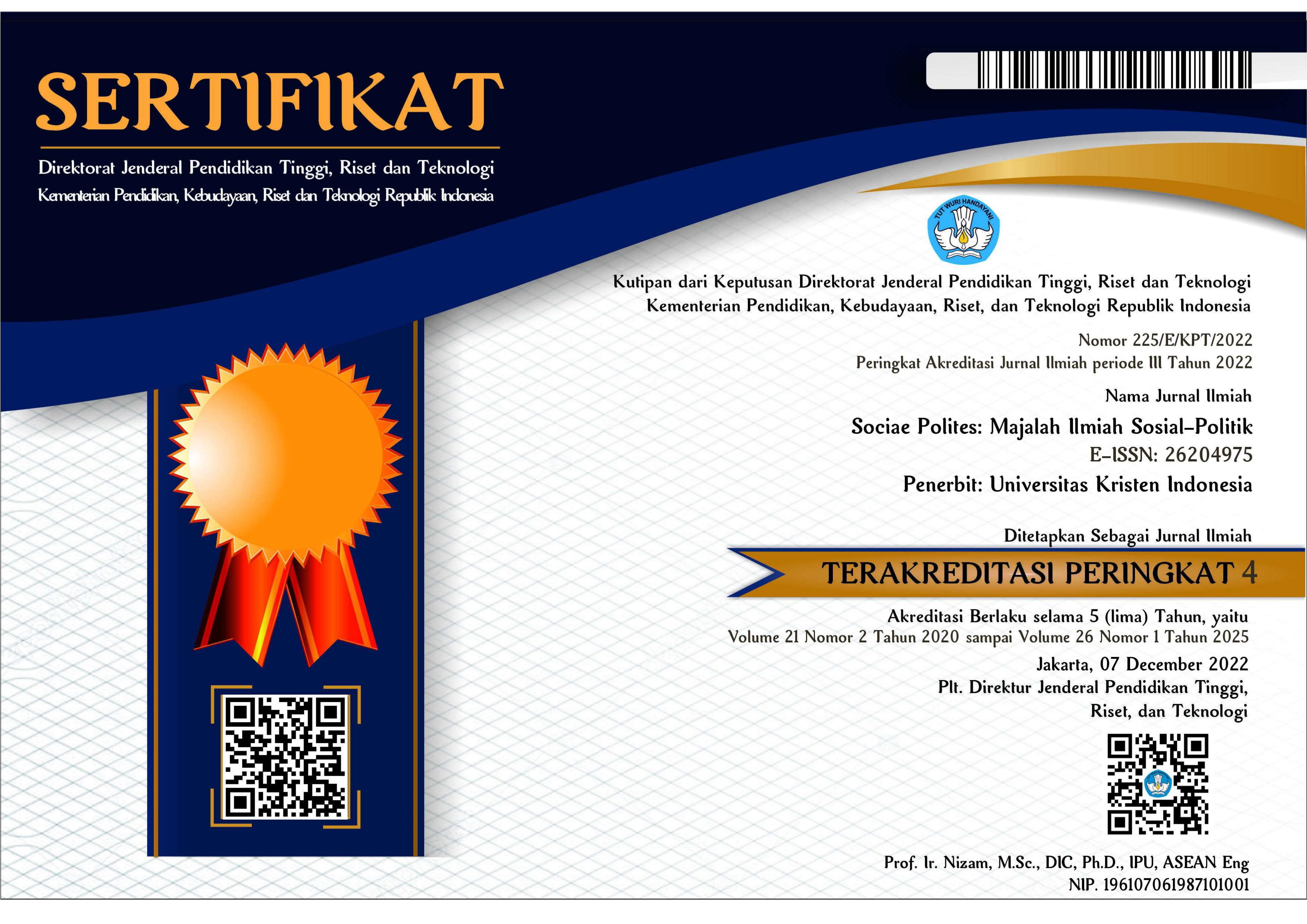EFFECTIVENESS OF INTEGRATED CARBON CAPTURE TECHNOLOGY IN WASTE TO ENERGY PLANTS AND IMPLEMENTATION PROSPECTS
DOI:
https://doi.org/10.33541/sp.v22i1.3304Abstract
The population in ASEAN is projected to increase to 722 million by 2030. This massive population increase had an impact not only on population quantity but also on the environment. This is reflected in the increasing number of pollution results such as waste products and carbon pollution. Waste to Energy Plants has been successful in converting waste to electrical energy by incineration, but there are still carbon emissions that has to be dealt with and on the other hand carbon pollution has been a major problem for ASEAN this past 10 years, with the data from Global Carbon Atlas showing 1671.7 MtCO2 are emitted from the combined 10 countries in 2019. The industry categories of petroleum refineries, chemicals and others are responsible for contributing the most greenhouse gases. Analysis from the International Energy Agency shows comparison between few of the most promising solutions for carbon emission, one of them being Carbon Capture Storage (CCS). This technology captures CO2 that has been emitted to the atmosphere. Indonesia, the biggest country in ASEAN is also the region’s most contributing country in terms of carbon emission where the CCS technology should be developed more. In this paper, the author uses a descriptive qualitative method and data reference from previous research. The results indicate that the usage of CCS is very effective to reduce the CO2 emissions emitted from Waste-to- Energy Plants with 95% accuracy. This, in effect, will ensure effective expert knowledge communication to the general public and foster social acceptance of this technology.
Keywords: Carbon dioxide, Carbon Capture and Storage, WtE Plants, and Process Integration


 Sociae Polites: Majalah Ilmiah Sosial Politik
Sociae Polites: Majalah Ilmiah Sosial Politik